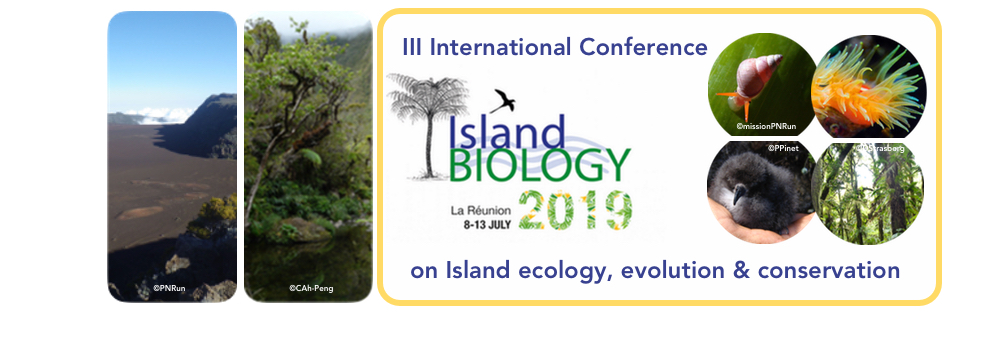The Hawai‘i Seed Bank Partnership conducts research on ex situ storage protocols for Hawai‘i's native flora, and has gathered real-time data from hundreds of species for more than two decades. Seed storage behavior has been investigated, and 197 species have been assessed for seed freeze-sensitivity, a loss of viability in frozen storage (-18°C) when compared to refrigerated storage (5°C). A new index of Relative Performance was calculated with paired storage experiments at -18 and 5°C. Four Hawaiian families and 10 genera showed freeze-sensitivity or likely freeze-sensitivity. Additionally, we assessed 295 species for ex situ storage longevity. We recommend re-collection intervals, before viability falls below 70% of maximum germination, which range from >20 to <5 years, depending on the species. The largest family in the Hawaiian flora, Campanulaceae, is a spectacular example of adaptive radiation, with 159 endemic species in 6 genera from a single colonization, and over half are assessed as threatened on the IUCN Red List. The Hawaiian Campanulaceae is highlighted as a characteristic example of ex situ seed freeze-sensitivity and variation in longevity. This is the most comprehensive, long-term study to date on seed storage behavior and ex situ longevity for a regional flora. A high incidence of seed freeze-sensitivity is not yet known in any other region, so we present a protocol for testing seed freeze-sensitivity that can be utilized or adapted globally. Seed banking is now a critical tool for Hawaiian plant conservation, including these ‘exceptional species' with freeze-sensitive seeds. Therefore, the Hawaiian flora can serve as a model for other tropical, subtropical, and island regions that might utilize seed banking to preserve species of conservation importance, now or in the future.

|
|
|
|
Ex situ seed conservation of Hawaiian ‘exceptional species' as a case study for tropical island floras
1 : Lyon Arboretum – University of Hawai‘i at Mānoa
(LA-UHM)
3860 Manoa Road, Honolulu, HI 96822 -
United States
2 : U.S. Army Natural Resources Program on O‘ahu
(ANRP-O)
413 Oahu Street, Building T-1123 Schofield Barracks, HI 96857 -
United States
3 : U. S. Fish and Wildlife Service, Pacific Islands Fish and Wildlife Office
(USFWS-PIFWO)
300 Ala Moana Blvd Rm 3-122, Honolulu, HI 96850 -
United States
4 : State of Hawai‘i Department of Land and Natural Resources – Division of Forestry and Wildlife
(DLNR-DOFAW)
1151 Punchbowl St. Room 325, Honolulu, HI 96813 -
United States
5 : National Tropical Botanical Garden
(NTBG)
* : Corresponding author
3530 Papalina Road, Kalaheo, HI 96741 -
United States
|
| Online user: 16 | RSS Feed |

|
 PDF version
PDF version